

Obesity in Dogs: How to Avoid Excess Weight
Obesity is an epidemic among pets, affecting a significant chunk of the North American canine population. Maintaining a healthy weight not only helps dogs stay active but reduces the risk of a wide variety of conditions.

Writer Roi Kadosh
8 min read
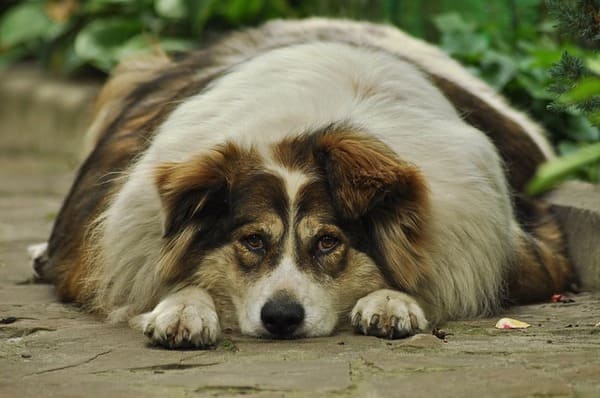
It’s fun to spoil dogs from time to time – we’ve all done it. Problems arise, however, when offering the occasional snack evolves into a habit of overfeeding your dog. As a dog owner, one of your primary responsibilities is promoting the health and well-being of your pet. In addition to providing exercise and stimulation, this means offering a balanced, nutritious diet and forgoing excess treats. No, it’s not always fun, but it’s essential for keeping dogs active and happy well into adulthood.
A chubby pup is cute – there’s no doubt about that. Obesity and the broad range of health conditions it can cause, however, are nothing to smile at. Familiarizing yourself with pet nutrition best practices is part of standing out as a responsible pet owner, regardless of your dog’s breed and their eating habits.
The causes of obesity in dogs
The most common cause of obesity in dogs is an imbalance between the amount of food they’re consuming and the exercise they’re receiving. When dogs take in more calories than they burn, they gradually begin to gain weight.
We all pamper our pets but don’t make the mistake of equating food with love. A spoiled pet is accustomed to huge portions, constant treats, and consistent tastes of table scraps. Admittedly, it’s tough to resist those big, pleading eyes and sometimes it’s just easier to appease a begging dog than deal with the hassle. No matter how compelling the performance, it’s important to stay strong and adhere to a healthy diet.
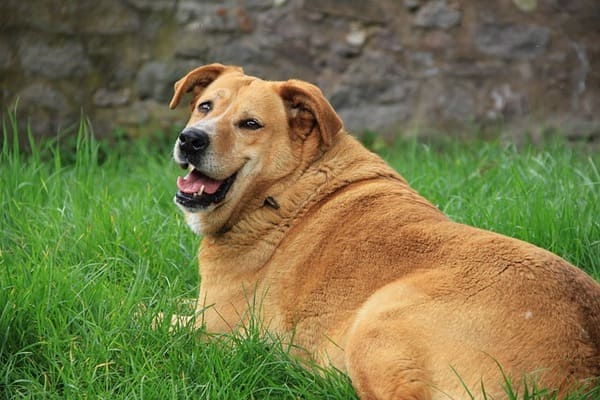
Weight gain and obesity are more common in senior dogs, dogs who’ve been spayed or neutered, and dogs who are inactive as a result of conditions like arthritis. If you’ve ruled out weight gain related to diet and exercise, talk to your veterinarian about other underlying illnesses that may be making your pet’s collar a little tighter. Some issues that can cause obesity include Hypothyroidism and Cushing’s Disease.
How to tell if your dog is overweight?
In 2018, over 50 million dogs (nearly 20% of registered canines) in the US were regarded as seriously obese by their veterinary practitioners. Often, by the time they’ve seen a vet, this excess weight is already causing serious health issues.
Since there’s so much variability in the canine community, identifying the ideal weight can be tricky. It’s easy to find guides to specific breeds, but these often contradict one another or offer wide ranges for ideal weight. For mixed-breed pets, such guides are often totally useless. Try to see if your dog is overweight by answering these questions, but if you’re still not sure, consult the Body Condition Score (BCS) charts for a visual guide.
- Can you feel your pet’s ribs? These shouldn’t be obscured by a layer of fat.
- Is there a clear distinction between your dog’s chest and abdomen? There should be.
- Is your dog’s abdomen distended? It should not be.
- Has there been any decrease in their energy levels and overall fitness?
- Is your dog panting more, having trouble breathing, or walking more slowly than usual?
- Is your dog grooming themselves less often and/or less effectively?
- Is your dog suddenly lethargic?
Different breeds have different shapes
Before deciding whether your dog has a weight problem and adjusting their diet, it’s important to recognize that different breeds have different silhouettes. For example, while a healthy Rhodesian Ridgeback should have a visible waist or “tuck-up”, sighthounds such as the Saluki are naturally skinny and their ribs should be easy to feel or see. Other breeds tend towards obesity. These include Retrievers, Terriers, Spaniels, Beagles, and Dachshunds. If you are unsure about your dog’s natural silhouette, ask your vet or check the breed standards outlined by the American Kennel Club.
Other factors contributing to canine obesity
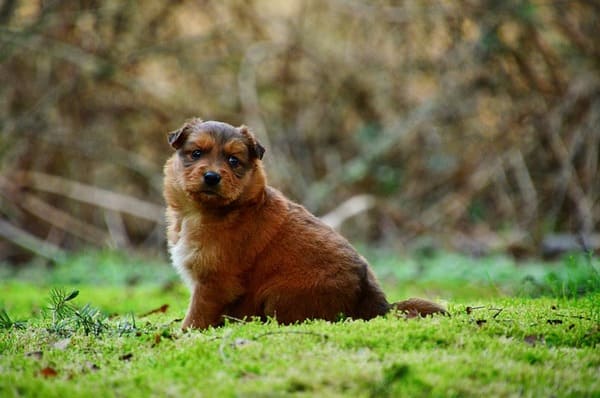
Many factors contribute to canine obesity, including age, sex, reproductive status, inactivity, owner’s decisions on dog’s food intake, diet and palatability, environment, lifestyle, and any underlying disease that impairs exercise and results in excessive weight gain.
Health problems caused by obesity
Being just 10% overweight decreases a dog’s lifespan by one-third and predisposes him to heart, kidney, and liver disease, as well as diabetes, arthritis, and cancer. Obesity can lead to general health problems or breed-specific issues. Dogs with long and low silhouettes such as Basset Hounds and Dachshunds can suffer from painful back and joint issues if they become overweight. Obese brachycephalic breeds (dogs with flat faces) including Boxers, Bulldogs, and Pugs are prone to respiratory problems. In addition to these specific problems, obesity also leads to:
- Decreased quality of life
- A higher risk of diabetes, hypertension, cancer, hypothyroidism, respiratory disease, and cardiovascular disease
- Arthritis, which directly affects mobility
All of this adds up to hefty vet bills and dog who can’t live up to their full potential.
How to prevent obesity in dogs
Change your dog’s feeding habits
The first step in giving your dog a healthier diet is recognizing that dogs gain weight by eating too much and exercising too little. Dogs are very good at getting around their owners so knowing the difference between genuine hunger and trying to wheedle some treats or scraps out of you is important.
Diets rich in protein and fibre but low in fat are typically recommended for weight loss, as it gives the dog the feeling of being full, but also provides them with more energy. Replacing traditional treats with carrot sticks is a great, healthy way to start. Ensure every family member is given their own pet feeding instructions and never leave any food lying around.
If you rely on treats for training and playtime, swap them up for healthier versions as well as gradually cutting back on the amount you use. Use more verbal rewards or try giving crunchy carrots, cucumbers, and apples as treats instead. Remember to subtract any treats from your dog’s daily calorie allowance.
Monitor your dog’s weight monthly and once their optimum weight has been reached switch to a long-term weight maintenance diet. If you’re not sure what to feed your pet, ask your vet’s advice. There is a wide range of proprietary dog foods available that are specially formulated for weight loss and maintenance.
Exercise, exercise, exercise…
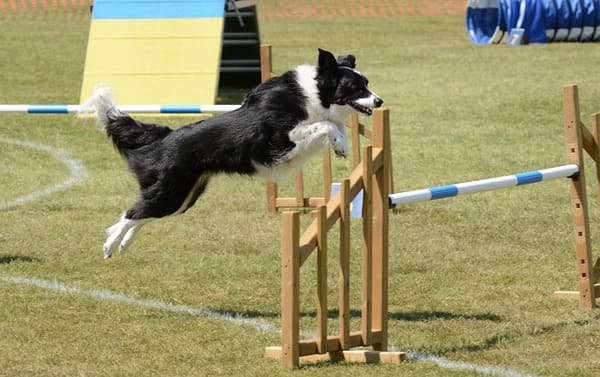
A healthy diet on its own won’t help your dog to lose weight. It needs to be accompanied by plenty of exercise. Dogs love to walk, run, or even swim so get outside with them as often as you can. Aim for at least 30 minutes twice a day. In between, have short but intense sessions of physical play.
Dogs who are already suffering from obesity signs like lethargy and sore joints may be more reluctant to get off the couch. Talk to your vet about easy, low-impact forms of exercise, and remember to take it slow. As they start to lose weight, you’ll see their natural energy return as they become more and more like their old self. Make sure to keep your pet hydrated in all weather conditions and show particular care in hot weather.
Think about signing your pet up for some dog sports like agility, scent, and obedience classes. These are great fun for you both and provide plenty of mental stimulation as well as intense bursts of exercise.
Keep pups of any shape and size safe with pet insurance. Many pet owners don’t realize their dog is overweight, and that can be costly for a pet’s health – and an owner’s wallet. Help your pet maintain a healthy weight and get your pet insurance quote today.




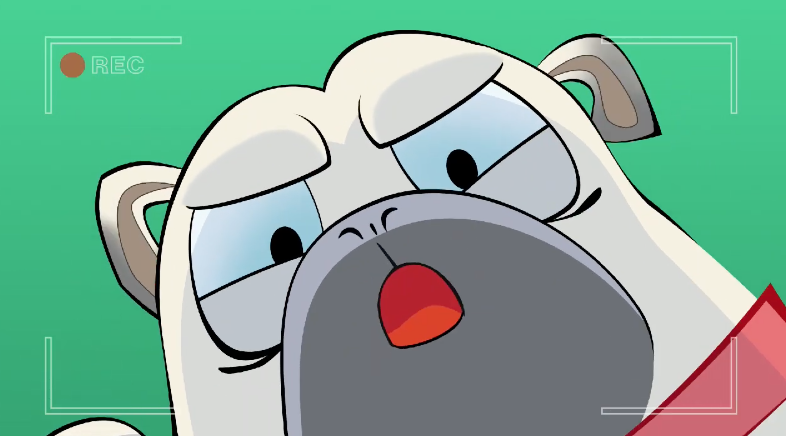
We offer the most
comprehensive coverage
out there
car with a spare tire for life’s bumps.
Having Animalia is like a pimped-out
Rolls Royce with a swimming pool
in the trunk.



Get your pet insurance quote
Pet type
- Dog
- Cat
What is your pet's name?
Zip code






